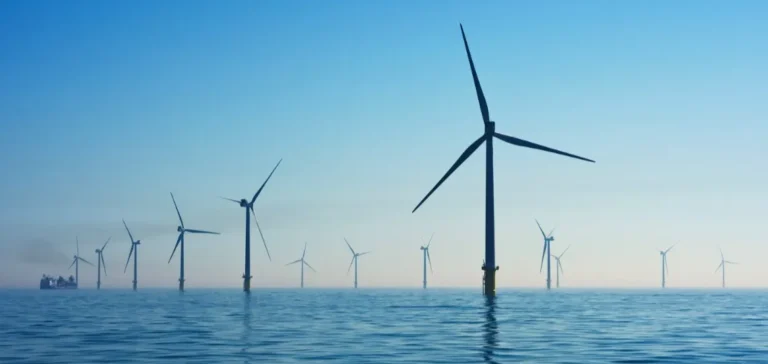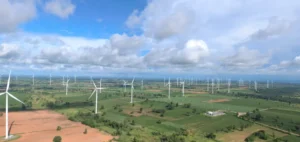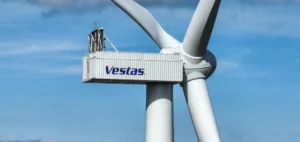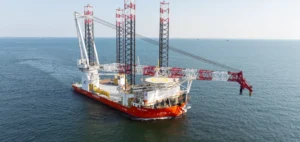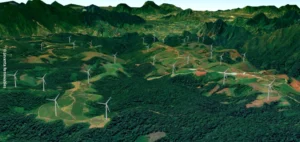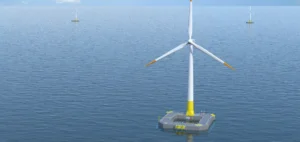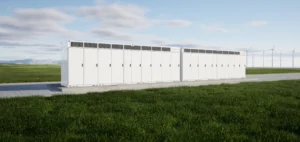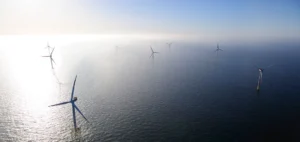Hokkaido Electric Power Company and Tohoku Electric Power Company have acquired a stake in the Ishikari Bay New Port Offshore Wind Farm, currently the largest operational offshore wind project in Japan. The transaction was completed on September 30 through a joint special purpose company formed by the two utilities, according to an announcement made on October 1.
The project is led by Green Power Investment, which was jointly acquired by JERA and NTT Anode Energy in August 2023. The development is also supported by JERA Nex, JERA’s offshore wind subsidiary, currently being integrated into JERA Nex bp, the company’s UK-based joint venture with bp. The site has an operational capacity of 112MW, distributed across fourteen Siemens Gamesa 8MW turbines, though output is capped at 100MW due to grid connection constraints.
Twenty-year feed-in tariff contract secured
The electricity generated is sold to Hokkaido Electric Power Network under a 20-year feed-in tariff (FIT) agreement at JPY36 per kWh. This tariff was secured prior to the country’s transition from FIT schemes to auction-based pricing for fixed-bottom offshore projects. The plant is equipped with a 180MWh battery storage system integrated into its substation.
The environmental impact assessment for the project was initiated in 2012 by Green Power Investment. Construction began in October 2022, with Kajima Corporation handling onshore works and a joint venture between Shimizu Corporation and Nippon Steel Engineering responsible for the offshore portion.
Additional projects underway
Hokkaido Electric Power Company is also conducting an environmental assessment for a wind farm of up to 1.14GW off the coast of Hiyama, in a Promotion Zone expected to be included in Japan’s upcoming auction round. Tohoku Electric Power Company, for its part, is advancing a 315MW offshore project near Akita, awarded in the second bidding round as part of a JERA-led consortium.
The increased involvement of both regional power utilities in marine energy comes as operators seek to diversify supply sources and stabilise their networks.


